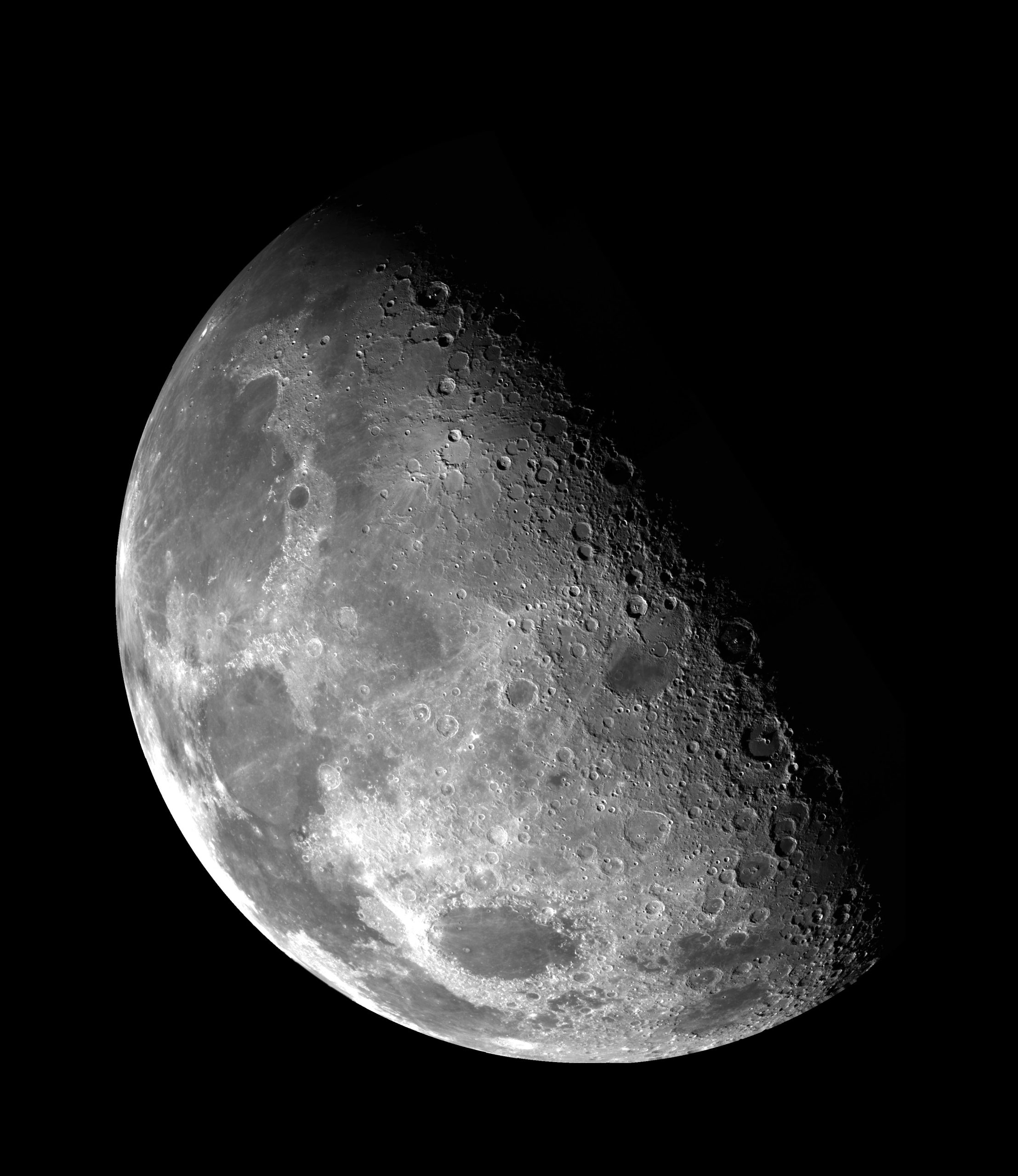The Moon’s Fascinating Journey: Orbiting the Earth Every 27.3 Days
Introduction
The moon has always captivated human imagination with its beautiful appearance and mysterious presence in the night sky. But have you ever wondered how the moon moves and its relationship with the Earth? In this blog post, we’ll explore the moon’s orbit, the time it takes to complete a full orbit, and the fascinating dynamics between our planet and its natural satellite.
The Basics of Lunar Orbit
To understand the moon’s orbit, we must first grasp the fundamentals of celestial motion. The moon follows an elliptical path around the Earth, which means its distance from our planet varies throughout the month. At its closest point (perigee), the moon is about 363,300 kilometers away, while at its farthest point (apogee), it is approximately 405,500 kilometers away.
The moon orbits the Earth counterclockwise, as observed from the northern hemisphere. This motion, combined with the Earth’s rotation, gives us the familiar cycle of day and night. However, the moon’s orbital period is not exactly 24 hours, which is why we see different phases of the moon at different times of the day.
The Moon’s Sidereal Month
The time it takes for the moon to complete a full orbit around the Earth is known as a sidereal month. The name “sidereal” refers to the fact that this period is measured with respect to the stars (sidus in Latin).
A sidereal month lasts for approximately 27.3 days or 27 days, 7 hours, 43 minutes, and 11.6 seconds to be more precise. During this time, the moon completes a full revolution around the Earth and returns to its original position relative to the stars.
It’s important to note that a sidereal month is slightly shorter than a synodic month, which is the time between two identical phases of the moon (e.g., from one full moon to the next). The reason for this discrepancy lies in the Earth’s own orbit around the sun. Due to this orbital motion, the moon has to travel a little farther to realign itself with the same lunar phase, resulting in the synodic month lasting for approximately 29.5 days.
Factors Affecting Lunar Orbit
Several factors influence the moon’s orbit and its duration, making it a topic of great scientific interest. Let’s explore some of these factors:
Gravity
Gravity plays a significant role in determining the moon’s orbital characteristics. The gravitational force between the Earth and the moon keeps the latter in its orbit. Without this force, the moon would drift off into space.
It’s worth noting that the gravitational pull of the moon also affects the Earth. The moon’s gravity creates tides in our planet’s oceans, causing water levels to rise and fall in a predictable pattern. This phenomenon, known as lunar tides, is directly related to the moon’s orbital position.
Conservation of Angular Momentum
An essential principle in celestial mechanics is the conservation of angular momentum. Angular momentum refers to the rotational motion of an object about a fixed point. In simple terms, it is the momentum an object possesses due to its spinning motion.
The moon’s rotational period is the same as its orbital period, which means it always shows the same face to the Earth. This is a result of the tidal forces acting on the moon during its formation, causing it to synchronize its rotation and orbital periods.
Effects of Lunar Orbit
The moon’s orbit has various effects on our planet and plays a crucial part in shaping Earth’s environment. Let’s dive into some of the notable effects:
Tides
We briefly touched on this earlier, but it’s worth delving deeper into the moon’s influence on tides. The gravitational attraction of the moon causes the oceans on the side facing the moon to bulge out, forming high tides. Simultaneously, there are low tides on the opposite side of the Earth.
These tidal effects can be observed daily, with two high tides and two low tides occurring roughly every 24 hours and 50 minutes. Tides also have a considerable impact on marine life and coastal ecosystems, affecting migration, reproduction, and feeding patterns of some species.
Stabilizing Earth’s Axial Tilt
Our planet has a tilted axis, which is responsible for the changing seasons. The moon helps stabilize this axial tilt, preventing it from varying too much over extended periods. If it weren’t for the moon, Earth’s tilt could fluctuate chaotically, leading to extreme climate variations.
Eclipse Phenomenon
One of the celestial wonders resulting from the moon’s orbit is the occurrence of lunar and solar eclipses. A lunar eclipse happens when the Earth comes between the sun and the moon, casting a shadow on the lunar surface. Conversely, a solar eclipse occurs when the moon moves between the sun and Earth, blocking the sun’s light.
These eclipse events can only transpire when the alignment between the three celestial bodies is relatively precise. The moon’s orbit plays a vital role in facilitating these alignments, leading to the breathtaking phenomena visible from different parts of the world.
Conclusion
The moon’s orbit around the Earth every 27.3 days is an intricate dance of celestial mechanics. It’s a result of numerous forces and factors working together to create an awe-inspiring spectacle that has fascinated humanity for thousands of years.
Understanding the moon’s orbit and its effects allows us to appreciate the beauty of our planet and its relationship with the cosmos. Next time you gaze up at the moon, remember the incredible journey it undertakes each month, silently moving through the night sky, connected to us in ways we are still uncovering.
Table of Contents
